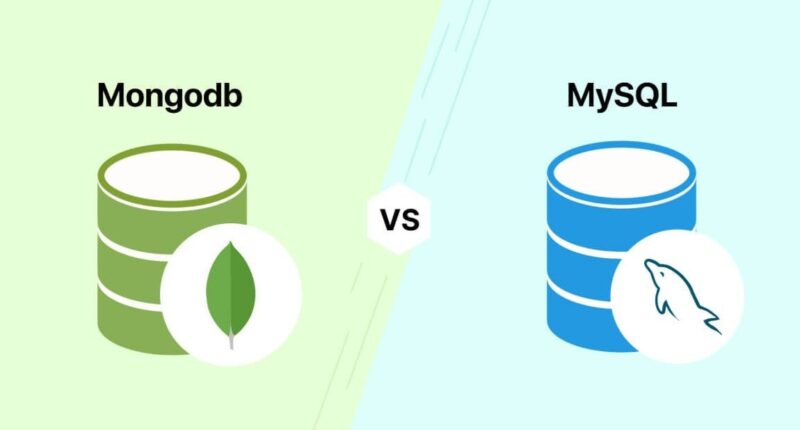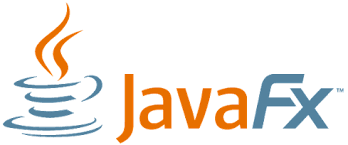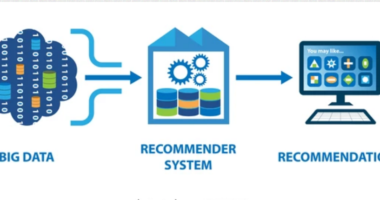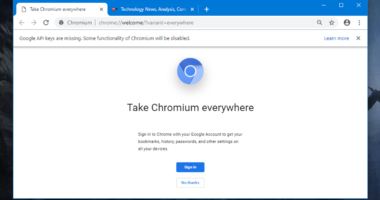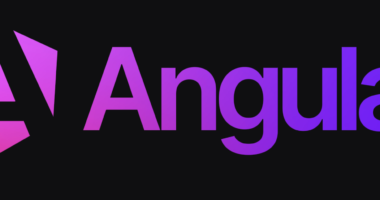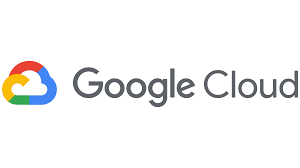When choosing a database for your application, two popular options often come up: MongoDB and MySQL. Each offers distinct strengths and trade-offs, making them better suited for different types of applications. This post explores the advantages, disadvantages, and ideal use cases for each, helping you make an informed decision.
🔍 What Are MongoDB and MySQL?
- MongoDB is a NoSQL database that stores data in flexible, JSON-like documents (BSON format). It is schema-less, making it ideal for unstructured or semi-structured data.
- MySQL is a relational (SQL) database that stores data in tables with predefined schemas. It is known for consistency, reliability, and transactional support.
✅ Advantages of MongoDB
- Schema Flexibility
No rigid schema allows for rapid iteration and storage of varied data formats. - Horizontal Scalability
Sharding makes it easy to scale out across multiple servers. - High Performance for Write-Heavy Workloads
Ideal for applications that require high insert/update rates. - Rich Query Language
Powerful aggregation framework and support for ad-hoc queries. - Built for Modern Apps
Naturally aligns with JSON-like formats used in modern web and mobile development.
❌ Disadvantages of MongoDB
- Lacks Full ACID Compliance by Default
Although transactions are supported, MongoDB was not originally designed for complex, multi-document transactions. - Data Duplication
Denormalization often leads to redundant data, which can increase storage costs and complicate updates. - Weaker Data Integrity Guarantees
Compared to relational databases, enforcing relationships between data is more complex.
✅ Advantages of MySQL
- Mature and Stable
Has been around since the 1990s, with a vast ecosystem and community. - ACID-Compliant Transactions
Ensures strong consistency, making it ideal for applications where data integrity is critical. - Strong Data Integrity and Relationships
Enforces data types, constraints, and foreign key relationships. - Efficient for Complex Queries
Excellent at handling JOINs and complex queries across multiple tables. - Wide Adoption and Tooling
A rich ecosystem of tools, libraries, and integrations.
❌ Disadvantages of MySQL
- Rigid Schema
Schema changes can be cumbersome, especially for large datasets. - Vertical Scaling
Scaling often means upgrading the server rather than distributing the load. - Not Ideal for Unstructured Data
Requires structured, tabular data with a predefined format.
📌 Use Cases: MongoDB
- Content Management Systems (CMS)
- Real-Time Analytics and Monitoring Tools
- IoT Applications with unpredictable and semi-structured data
- Mobile and Web Applications requiring quick development cycles
- Catalogs and Product Data Management with frequently changing attributes
📌 Use Cases: MySQL
- Banking and Financial Applications
- Enterprise Resource Planning (ERP) Systems
- E-commerce Platforms needing robust transactional support
- Customer Relationship Management (CRM) Tools
- Data Warehousing when paired with proper optimizations
🆚 MongoDB vs MySQL: Quick Comparison Table
| Feature | MongoDB | MySQL |
|---|---|---|
| Data Model | Document (NoSQL) | Relational (SQL) |
| Schema | Flexible, dynamic | Rigid, structured |
| Transactions | Limited (multi-doc supported) | Full ACID compliance |
| Performance | Write-optimized | Read-optimized |
| Scalability | Horizontal (sharding) | Vertical (replication/sharding) |
| Use Case Fit | Modern, agile apps | Traditional, structured systems |
🧠 Final Thoughts
There’s no one-size-fits-all solution when it comes to choosing between MongoDB and MySQL. It depends on your application’s specific needs. Use MongoDB when you need flexibility, scalability, and rapid development. Choose MySQL when your application demands data integrity, complex queries, and strict schema enforcement.
For many real-world applications, a polyglot persistence approach—using both databases for different components—is becoming increasingly common.
